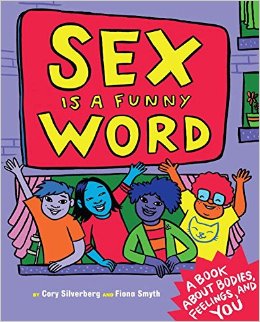by Matt Renaud, Youth Advocate & Prevention Educator at AWARE
I’ve been the Youth Advocate & Prevention Educator at AWARE for a little over two years now and I’m finally starting to feel grounded in what this job is all about. That being said, I also feel that the field of youth advocacy (and advocacy in general) has been shifting during the course of my time at AWARE and that it continues to shift. Maybe this is the way it has always been – the only thing that stays the same is that everything changes. After all, in order to best meet the needs of the people we serve, we need to be constantly evolving. I got curious about how other Youth Advocates and/or Prevention Educators have experienced change, success, and challenge in their role, so I sent out a set of questions to my colleagues across the state. Responses came from people who have been in this work anywhere from one year to over a decade. Here is a picture of where youth advocacy in Vermont is headed, straight from the horse’s mouth.
Where do you see our work as Youth Advocates and/or Prevention Educators headed in the future?
Savannah Williams from Umbrella North in Newport explained, “Schools used to be really hesitant [about working with advocacy programs] before Act One was passed, but now Youth Advocates & Prevention Educators are seen more as allies than as strangers in certain communities.”
Bobbi Gagne from the Sexual Assault Crisis Team (SACT) in Barre describes the future of advocacy as “Learning from youth what they see as issues they face rather than us deciding what issues they see as important.”
What’s your favorite part about being a Youth Advocate and/or Prevention Educator?
Laura Young from Umbrella South in St. Johnsbury says, “My favorite part of being a Youth Advocate and Prevention Educator is all of the relationships that I have been able to build Continue reading

